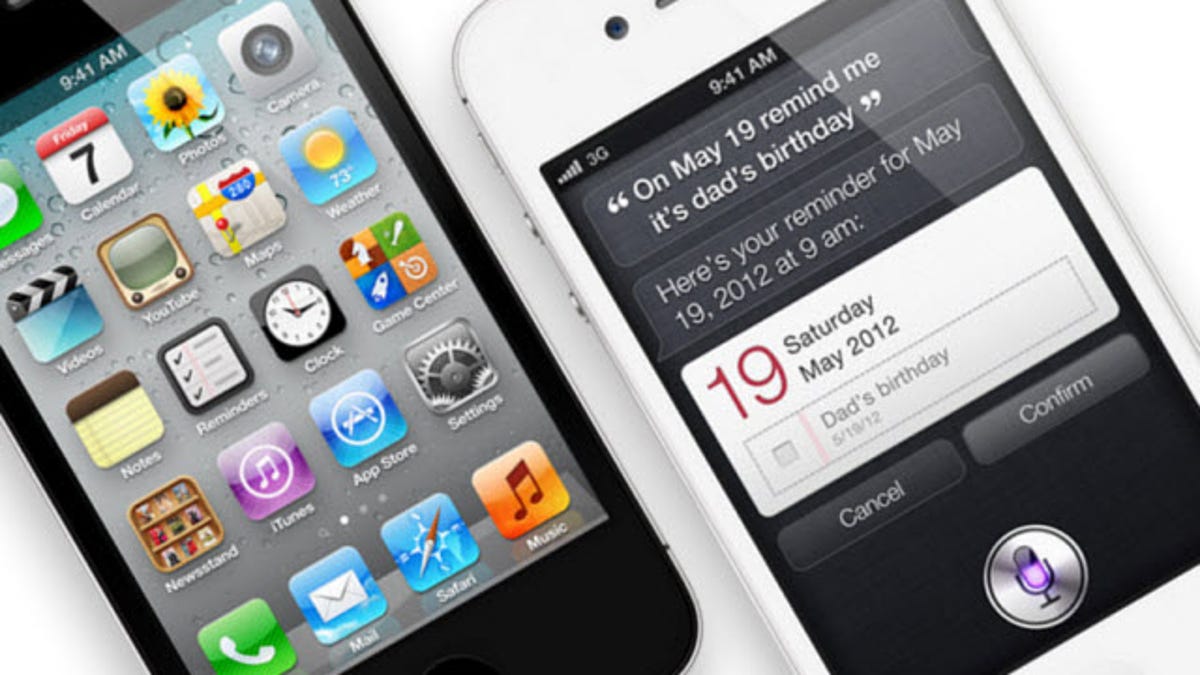iPhone 5 will disrupt mobile industry, says analyst
Rival phone makers, PC vendors, wireless carriers, and parts suppliers all stand to be affected by the shock wave created by the new phone.

The iPhone 5 will leave a trail of winners and losers across the mobile technology landscape, says J.P. Morgan analyst Mark Moskwitz.
Apple is expected to challenge other handset makers with the new phone's battery performance, screen size, and form factor, Moskowitz said in an investors note released today. Whereas larger rival 4G LTE phones have been called "battery hogs" and "pocket hogs," the iPhone 5 is expected to sidestep such labels and tear market share from other phone makers.
An LTE-enabled iPhone will join a host of other 4G phones offering high data speeds on the go. As such, the PC industry could lose further ground to mobile phone vendors, hurting growth at such companies as Dell and Hewlett-Packard.
Tune in Wednesday starting at 9 a.m. PT for our Apple iPhone event live blog.
Wireless carriers in the U.S. will likely see a slew of upgrades to the new iPhone over the near term, according to Moskowitz, putting pressure on their profit margins. The iPhone 5 will also force carriers to ramp up their 4G rollouts as more customers jump from 3G phones.
Various suppliers stand to benefit from the new iPhone.
LG Display provides the in-cell panels, while Samsung is responsible for the graphics memory. LG Innotek makes the camera module, and Semco the chip capacitors. On the downside, the debut of mapping and turn-by-turn navigation on the iPhone 5 could be a small negative for GPS vendors such as Garmin and TeleNav.
Finally, certain semiconductor suppliers will see growth as a result of the new iPhone, among them Analog Devices, Fairchild, and Broadcom. But Intel and Advanced Micro Devices may be hurt by the continued cannibalization of PCs.
Apple could ship as many as 48 million to 53 million iPhone in the fourth quarter, followed by 266 million for all of 2013, says Morgan Stanley analyst Katy Huberty. Those high numbers would be reached with some help from overseas.
"We view a China Mobile partnership as the biggest potential sales catalyst in CY13 [calendar year 2013] and any clue that iPhone 5 includes a chip compatible with CM's TD [time division LTE] network is a positive, in our view," Huberty said.
Eyeing the features that could pop up in the new phone, Huberty cites 4G LTE support, a larger and better display, an improved processor and more memory, a new form factor, 3D maps and navigation, a new dock connector, and new SIM card technology.

